13 Countries On The Brink Of Banning All Tourist Visits
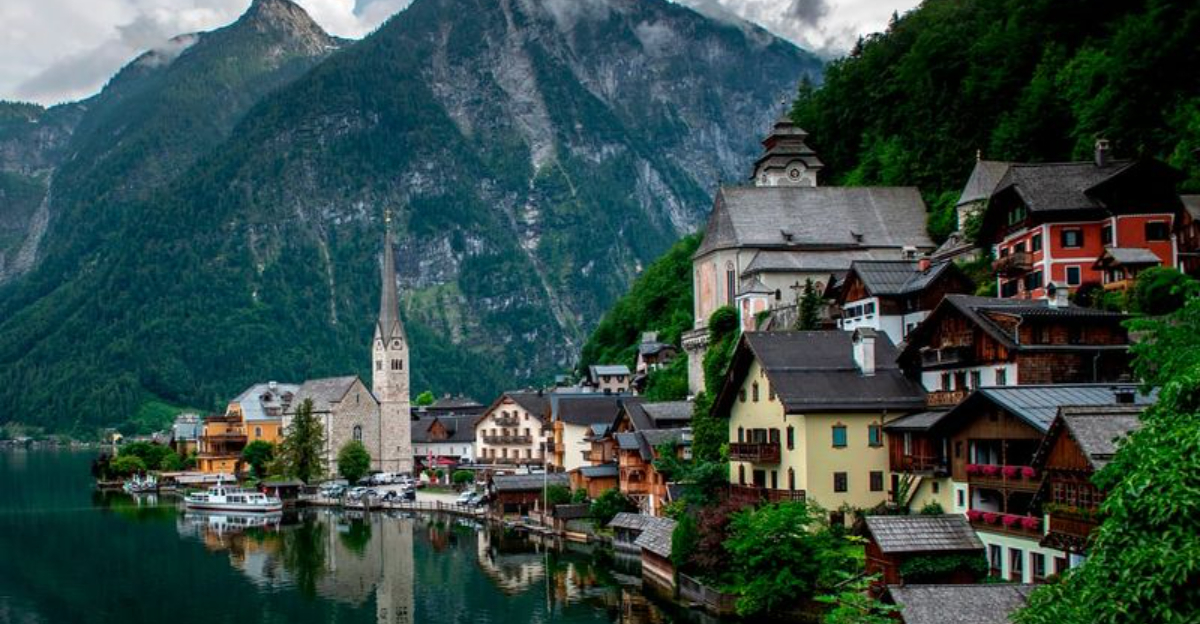
Imagine planning your dream trip—only to find out the destination is now off-limits. As travel rebounds worldwide, some beloved spots are starting to push back. Countries are weighing the cost of overcrowding, environmental stress, and cultural disruption against the economic benefits of tourism.
And in some cases, they’re choosing to protect what matters most—even if it means telling travelers to stay away. From ancient temples being loved to death, to fragile islands overwhelmed by selfie-seekers, the warning signs are everywhere.
Entire towns and natural wonders are at risk, and local governments are considering bold moves like strict caps, hefty visitor fees, or outright bans. Could your favorite bucket-list spot soon be closed to the public?
1. Bhutan
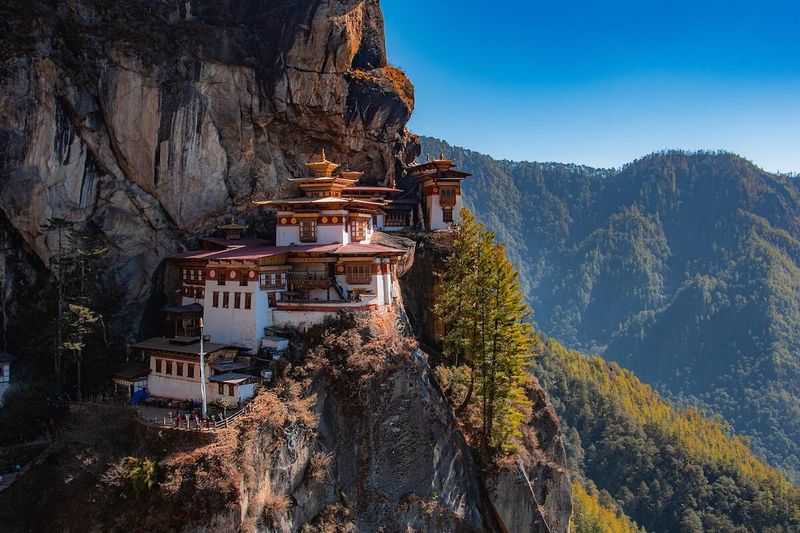
How much would you pay to visit paradise? Bhutan already charges tourists $200 per day, making it one of the world’s most expensive destinations. This small Himalayan kingdom uses a “high value, low impact” tourism policy to protect its culture and environment.
Government officials are now debating whether to ban tourism completely. They worry that even wealthy visitors are changing their traditional way of life too quickly. Local monks and farmers have expressed concerns about losing their peaceful mountain lifestyle.
If Bhutan closes its borders, you’ll miss the chance to see untouched Buddhist monasteries and pristine mountain forests. The country measures Gross National Happiness instead of economic growth, showing how seriously they take protecting their unique culture from outside influences.
2. Antarctica
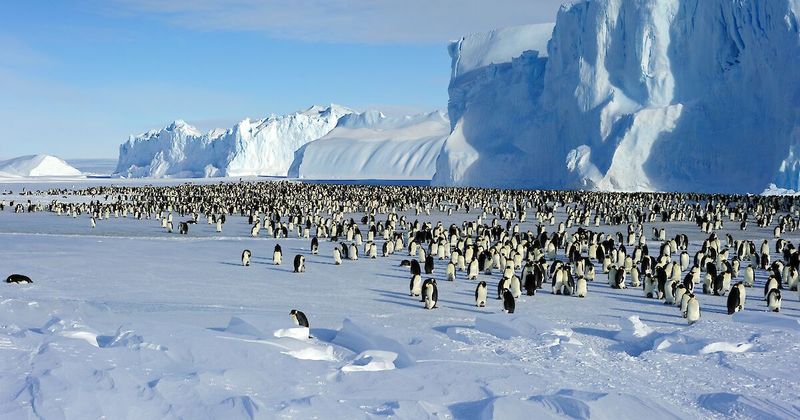
Antarctica might become completely off-limits to tourists within the next decade. Scientists are pushing for a total visitor ban after seeing how cruise ships and foot traffic damage the fragile ice ecosystem. Penguin colonies are abandoning their nesting sites when tourists get too close.
Climate change makes the situation even worse. Melting ice creates dangerous conditions for visitors while also threatening the continent’s unique wildlife. Research stations report that tourist waste and noise pollution interfere with important scientific studies.
International treaties currently allow limited tourism, but pressure is mounting for stricter rules. If you’ve dreamed of seeing Antarctica’s incredible ice formations and wildlife, time might be running out before this frozen continent becomes completely protected from human visitors.
3. Venice, Italy
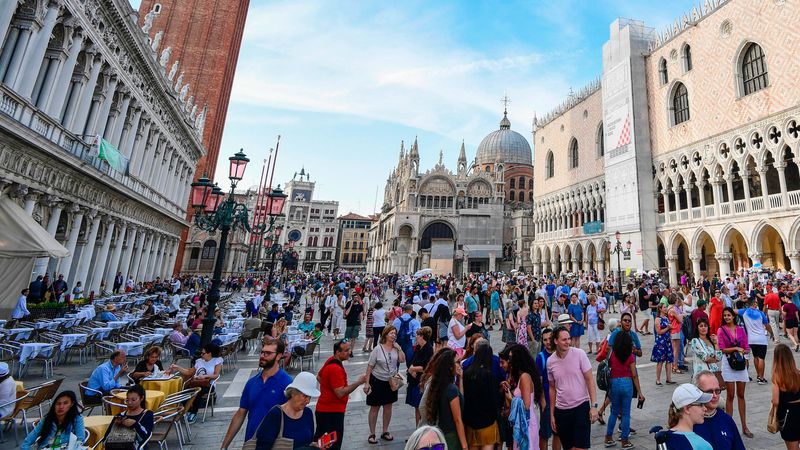
Venice is literally sinking under the weight of tourism. The city welcomes 30 million visitors yearly, but only 50,000 people actually live there. Ancient buildings crack from constant vibrations as massive cruise ships dock nearby, and narrow streets become dangerously overcrowded.
Local officials are considering a complete tourist ban during peak seasons. Residents can barely afford to live in their own city because short-term rentals have driven up housing costs. Traditional Venetian businesses are closing as souvenir shops take over.
The famous St. Mark’s Square sometimes becomes so packed that people can’t move safely. City planners worry that Venice will become a lifeless museum instead of a living city if current tourism levels continue destroying its foundations and driving away local families.
4. Machu Picchu, Peru
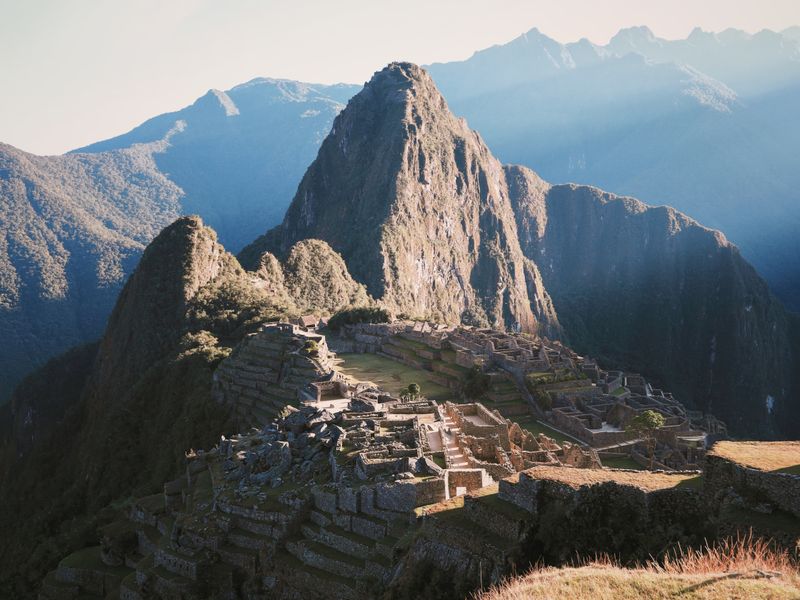
Peru’s most famous archaeological site faces permanent closure due to tourist damage. Thousands of daily visitors are literally wearing away the 500-year-old stone structures. The Inca Trail has become so eroded that some sections are barely passable during rainy season.
UNESCO threatens to remove Machu Picchu from the World Heritage list unless Peru drastically reduces visitor numbers. Local communities depend on tourism income, but they also want to preserve their ancestors’ sacred site for future generations.
Government officials are debating whether temporary closures might become permanent. Landslides caused by heavy foot traffic have damaged several important terraces. If current trends continue, this architectural marvel might disappear forever, making a complete tourist ban the only way to save what remains of this incredible mountain citadel.
5. Maya Bay, Thailand
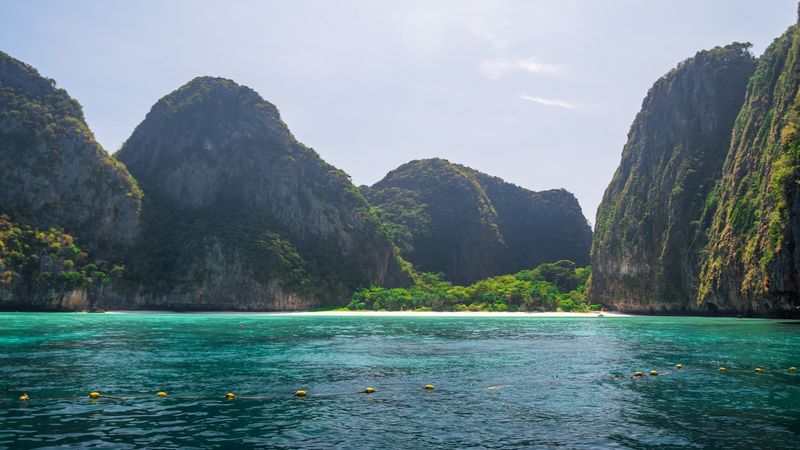
Remember the beach from “The Beach” movie? Maya Bay closed indefinitely after tourism destroyed its coral reefs and marine ecosystem. What was once a tropical paradise became an environmental disaster zone with dead coral and polluted water from boat fuel and sunscreen.
Thai authorities initially planned a temporary closure but now consider making it permanent. The bay’s ecosystem is slowly recovering without daily boat traffic and thousands of swimmers. Fish populations are returning, and coral is beginning to grow back.
Scientists argue that some natural wonders are too fragile for mass tourism. Maya Bay serves as a warning about what happens when Instagram-famous locations become overwhelmed by visitors seeking the perfect photo. Sometimes protecting nature means keeping humans away completely, even if it disappoints travelers.
6. Easter Island, Chile

Easter Island’s mysterious stone statues are under threat from selfie-taking tourists. Visitors climb on the ancient moai sculptures, carve names into the stone, and break off pieces as souvenirs. These 1,000-year-old monuments survived centuries of isolation but might not survive modern tourism.
The remote Pacific island can only support a small population, but tourists strain its limited resources. Fresh water, electricity, and waste management systems are overwhelmed during peak seasons. Local Rapa Nui people worry about losing control of their ancestral homeland.
Chilean officials are considering strict visitor limits or complete seasonal bans. The island’s isolation makes it impossible to quickly repair damage or bring in emergency supplies. If tourism continues at current levels, Easter Island’s unique culture and archaeological treasures might be lost forever.
7. Mount Everest, Nepal
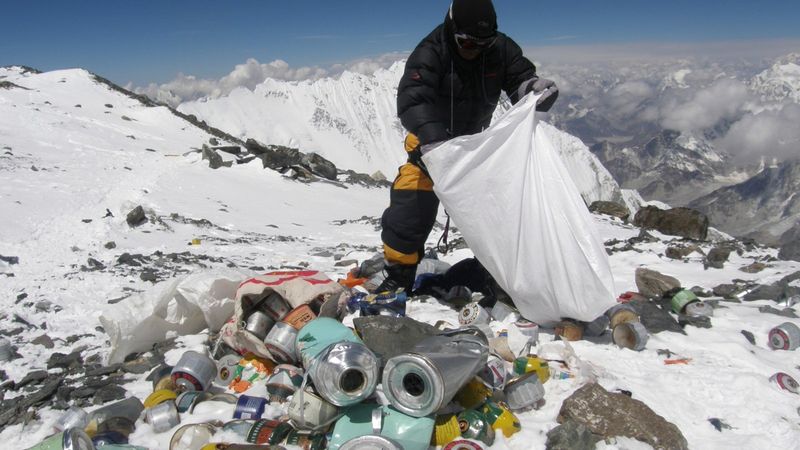
Mount Everest has become the world’s highest garbage dump. Climbing permits bring Nepal millions of dollars, but the mountain is littered with oxygen tanks, tents, and even human waste. Traffic jams near the summit have caused deadly delays as climbers wait in line.
Nepalese officials are debating whether to ban all recreational climbing. Inexperienced climbers put themselves and rescue teams at risk, while their abandoned equipment pollutes the pristine mountain environment. Local Sherpa guides face increasing dangers from overcrowded climbing routes.
Climate change is making Everest even more dangerous as melting ice reveals decades of accumulated trash and bodies. Some experts argue that only scientific expeditions should be allowed on the mountain. A complete climbing ban might be the only way to restore this sacred peak’s dignity and safety.
8. Santorini, Greece
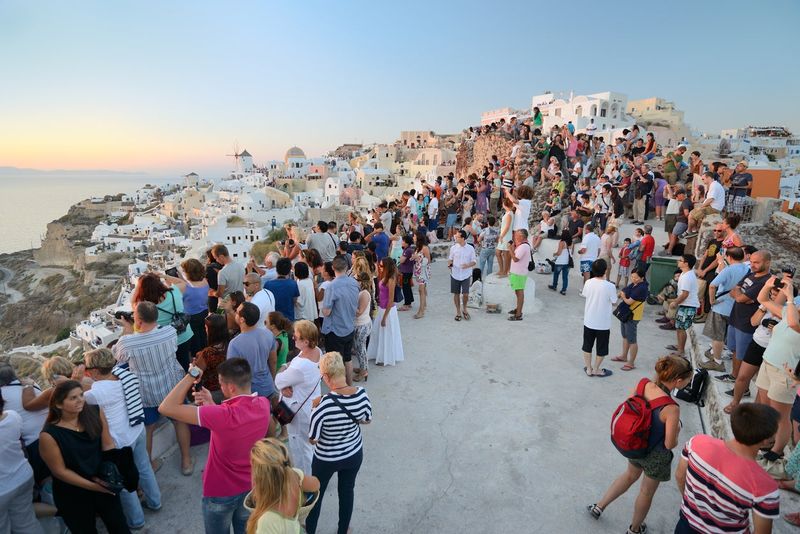
Santorini’s famous sunsets are being ruined by massive crowds of cruise ship passengers. The small Greek island receives up to 17,000 visitors daily during summer, causing dangerous overcrowding on narrow cliff-side paths. Local infrastructure simply cannot handle these numbers safely.
Water shortages have become critical as hotels and restaurants struggle to serve tourists. The island’s sewage system regularly overflows, polluting the beautiful Aegean Sea. Traditional Greek culture is disappearing as authentic tavernas close and souvenir shops take over.
Greek authorities are considering seasonal tourist bans to save the island’s character and environment. Residents complain they can’t enjoy their own home during peak season. If current tourism levels continue, Santorini might lose the very beauty and charm that attracts visitors in the first place, making a ban inevitable.
9. Palawan, Philippines
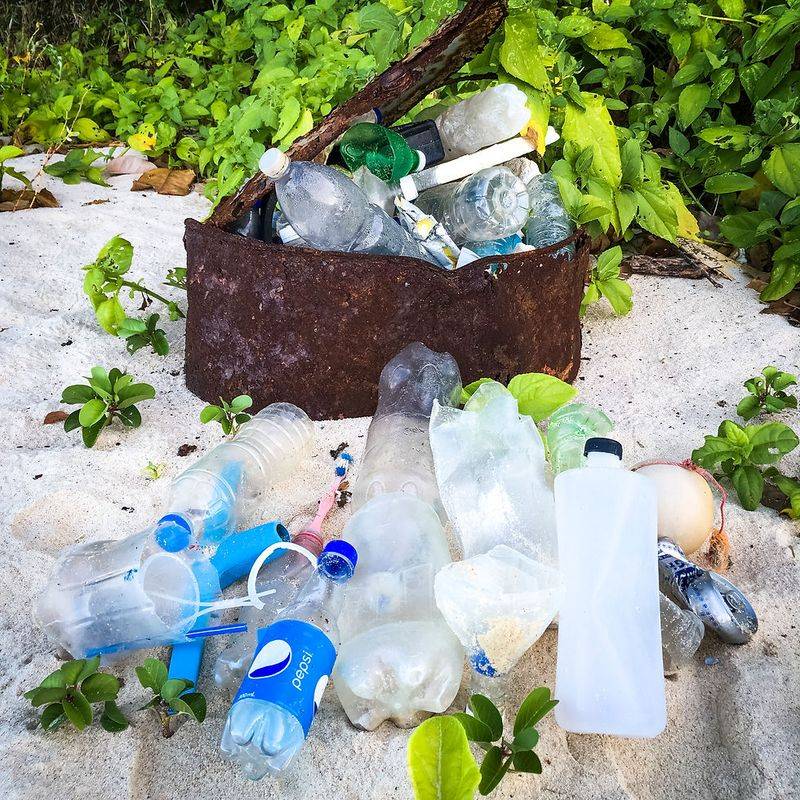
Palawan’s underground rivers and pristine beaches face closure due to environmental damage from mass tourism. This Philippine paradise has seen its coral reefs bleached by sunscreen chemicals and its wildlife disturbed by constant boat traffic. Local fishing communities can no longer catch enough fish to feed their families.
The island’s limited freshwater supply is being depleted by resort hotels and tourist activities. Plastic waste from visitors is choking marine life in what was once considered one of the world’s cleanest seas. Traditional Filipino culture is being commercialized beyond recognition.
Philippine officials are considering strict visitor quotas or complete seasonal bans to protect the ecosystem. Indigenous communities want to preserve their ancestral lands for future generations. If tourism continues at current levels, Palawan might lose its title as the world’s best island and become another environmental casualty.
10. Faroe Islands
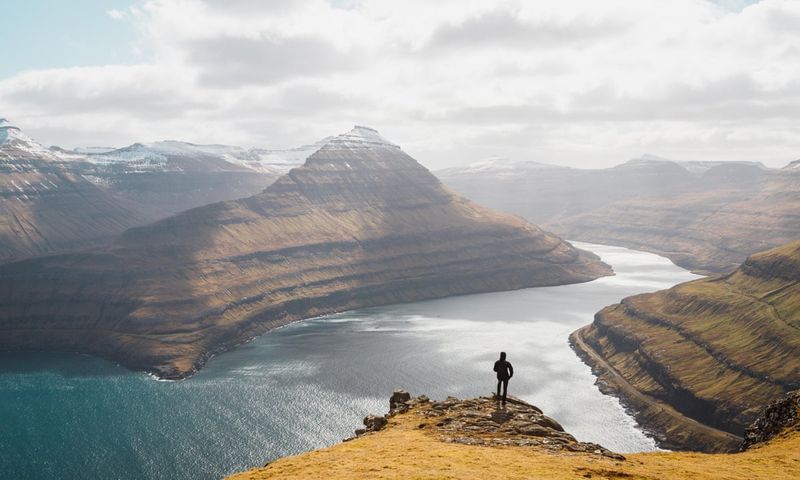
The Faroe Islands periodically close to tourists for “maintenance weekends” but are considering permanent restrictions. These remote Nordic islands have become Instagram-famous, causing visitor numbers to explode beyond their capacity. Traditional grass-roof houses and pristine landscapes are being damaged by inexperienced hikers.
Local communities of just 50,000 people feel overwhelmed by thousands of daily visitors during summer months. Tourists often ignore safety warnings and venture into dangerous areas, requiring expensive rescue operations. The islands’ delicate ecosystem cannot recover fast enough between tourist seasons.
Faroese officials pioneered “voluntourism” programs where visitors help maintain hiking trails and clean up litter. However, they’re now debating whether complete seasonal bans might be necessary to preserve their unique culture and environment. Sometimes the best way to protect paradise is to keep it hidden from the world.
11. Boracay, Philippines
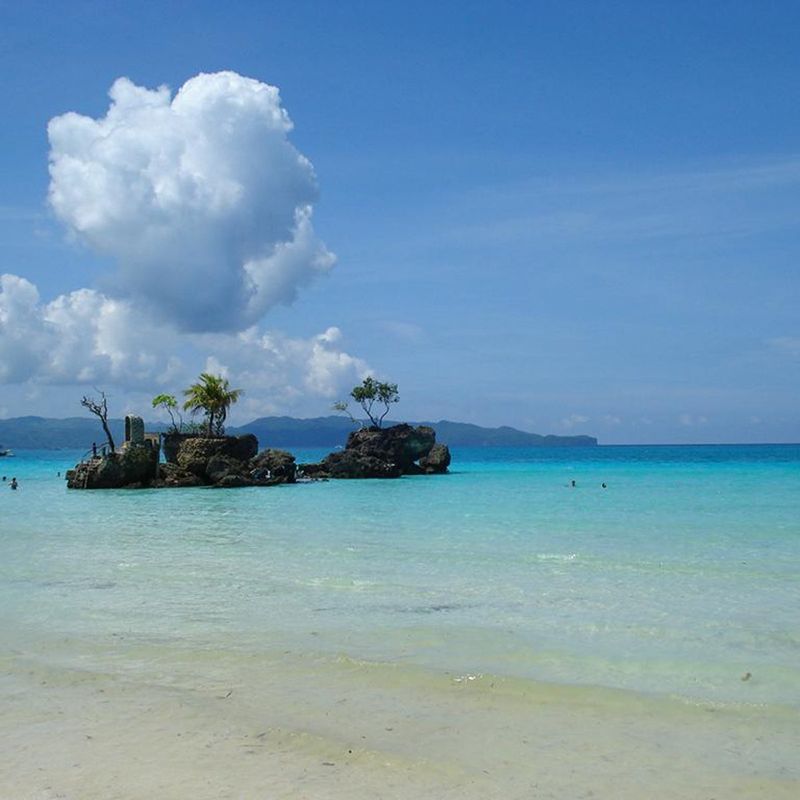
Boracay already experienced a complete tourist shutdown in 2018 and might face another permanent closure. The Philippine government called this world-famous beach a “cesspool” after sewage, trash, and overdevelopment destroyed its pristine white sand and clear water. Hotels were literally dumping waste directly into the ocean.
After reopening with strict limits, tourism pressure is building again. Local officials struggle to enforce environmental regulations while businesses push for more visitors. The island’s infrastructure still cannot properly handle waste management and water treatment for large tourist numbers.
President Duterte has threatened permanent closure if environmental standards aren’t maintained. Boracay serves as a warning about what happens when tourism growth isn’t properly managed. This tropical paradise might disappear forever if current rehabilitation efforts fail to balance economic needs with environmental protection.
12. Hallstatt, Austria
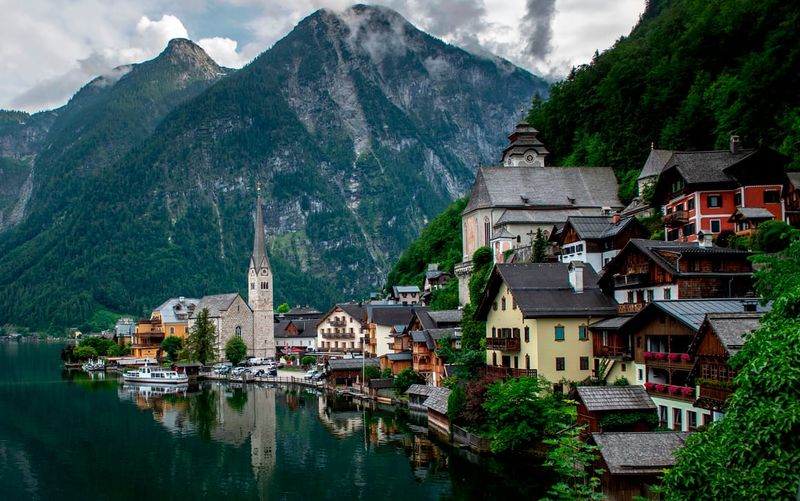
This fairy-tale Austrian village of just 800 residents receives nearly one million visitors annually. Hallstatt has become so overwhelmed by tourists that locals can’t park near their own homes or shop in their village stores. Tour buses block narrow streets designed for horse-drawn carriages centuries ago.
Chinese developers even built an exact replica of Hallstatt in China, but that hasn’t reduced visitor numbers to the original. Residents complain that tourists peer into their windows, walk through private gardens, and treat their living community like a theme park.
Austrian authorities are implementing strict tour bus limits and considering seasonal visitor caps. Some locals want to ban tourism completely to reclaim their peaceful mountain village. If current trends continue, Hallstatt might become uninhabitable for actual residents, forcing officials to choose between tourism revenue and community survival.
13. Komodo National Park, Indonesia

Indonesia’s Komodo National Park might ban tourists permanently to protect the world’s largest lizards. These prehistoric dragons exist nowhere else on Earth, but tourism is disrupting their natural behavior and breeding patterns. Increased human activity has reduced the dragons’ hunting grounds and nesting sites.
Park officials worry that Komodo dragons might become extinct if current tourism levels continue. Visitors sometimes ignore safety rules, putting both themselves and the animals at risk. The islands’ fragile ecosystem cannot support large numbers of boats, hotels, and tourist facilities.
Indonesian authorities are debating whether to close the park completely or implement extremely strict visitor limits. Local communities depend on tourism income but also want to preserve these unique creatures for future generations. The survival of an entire species might depend on keeping human visitors away from their ancient homeland.
